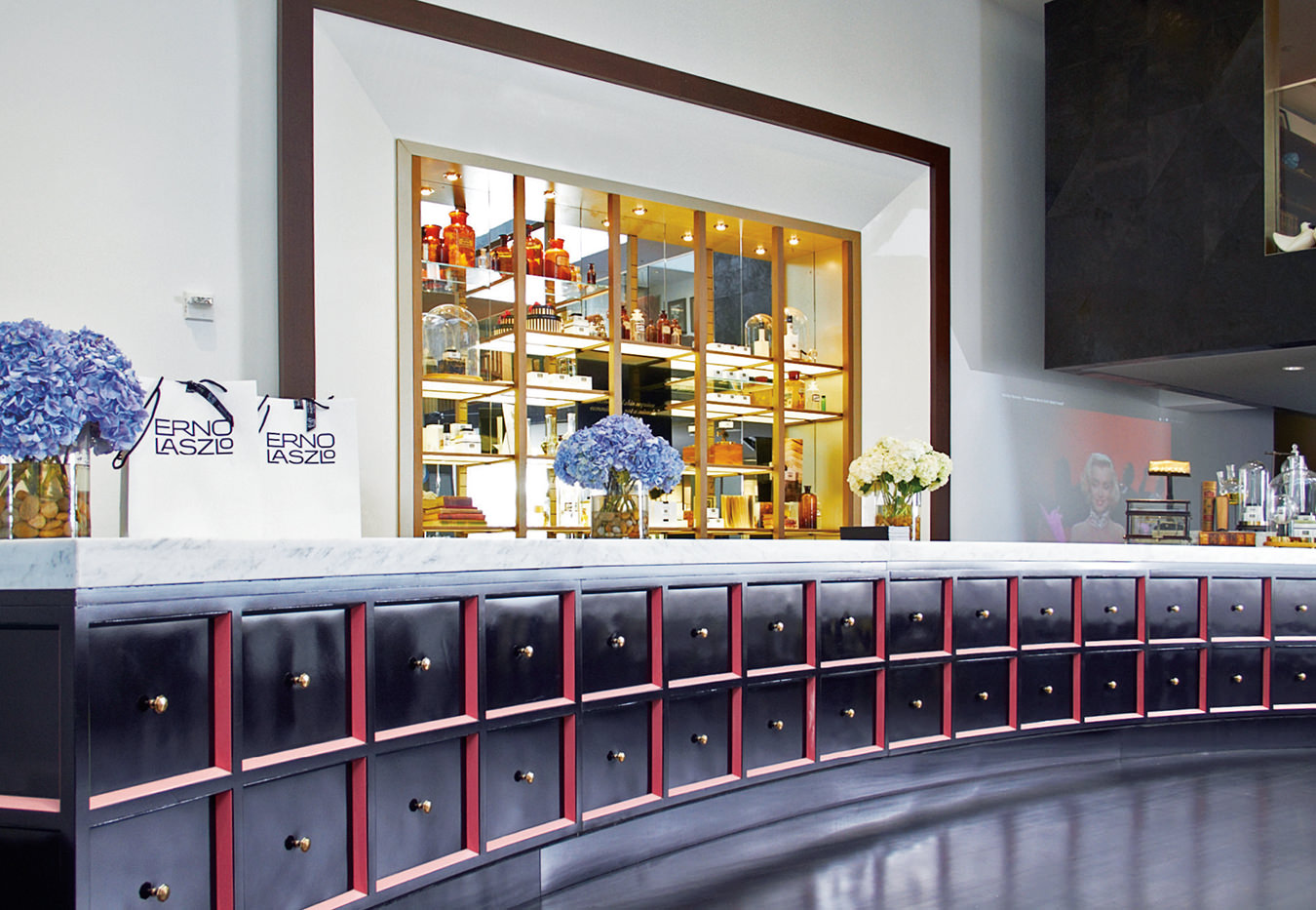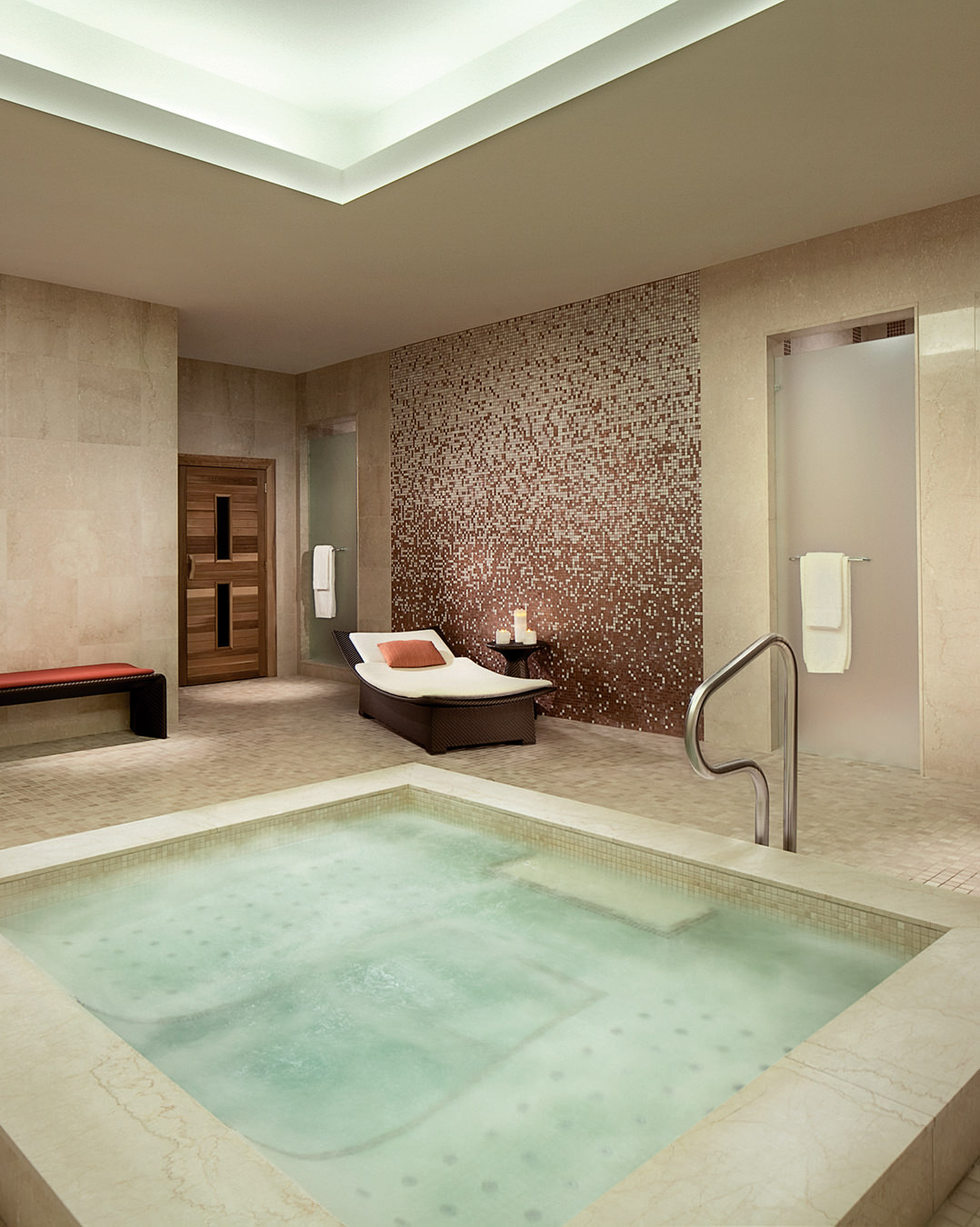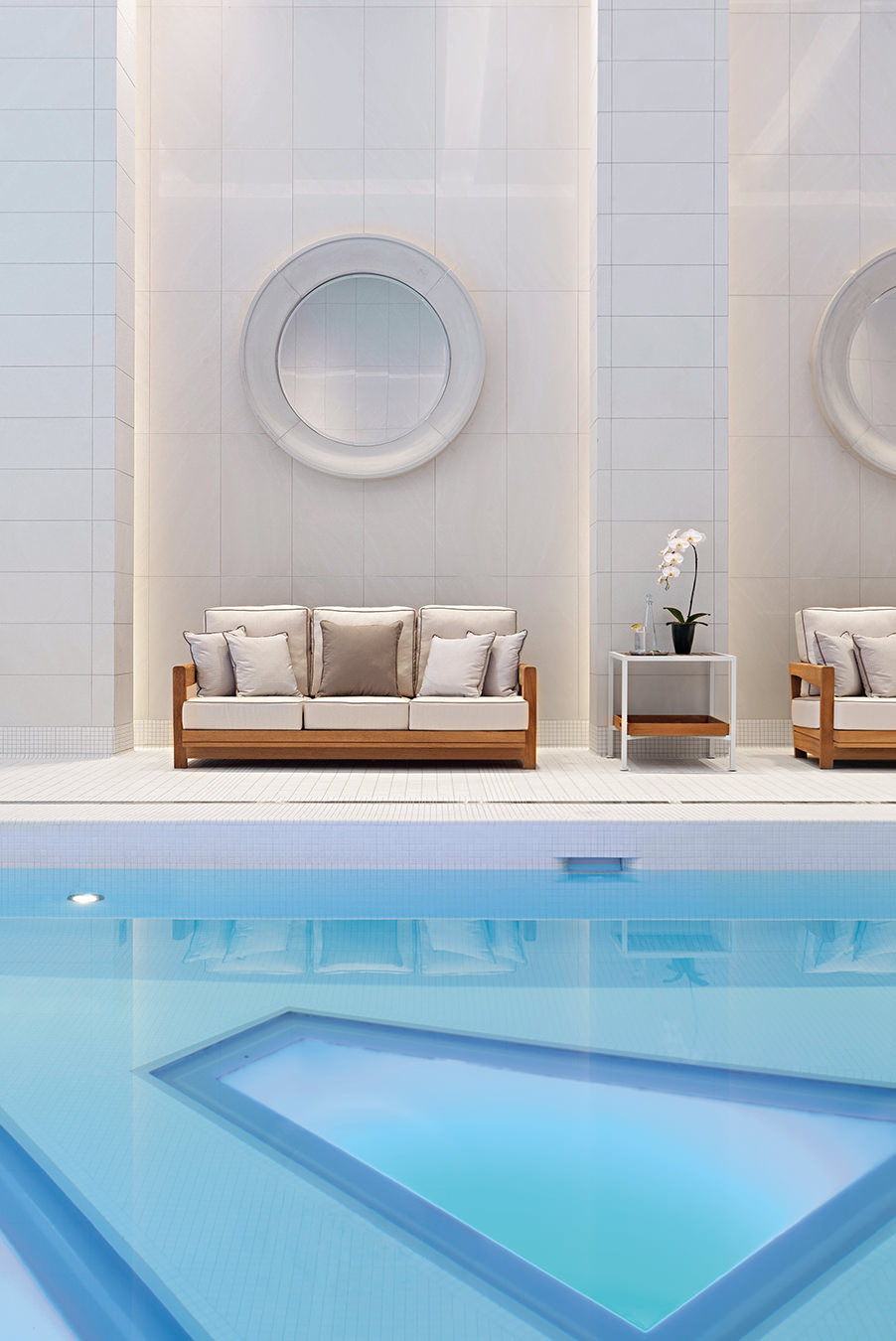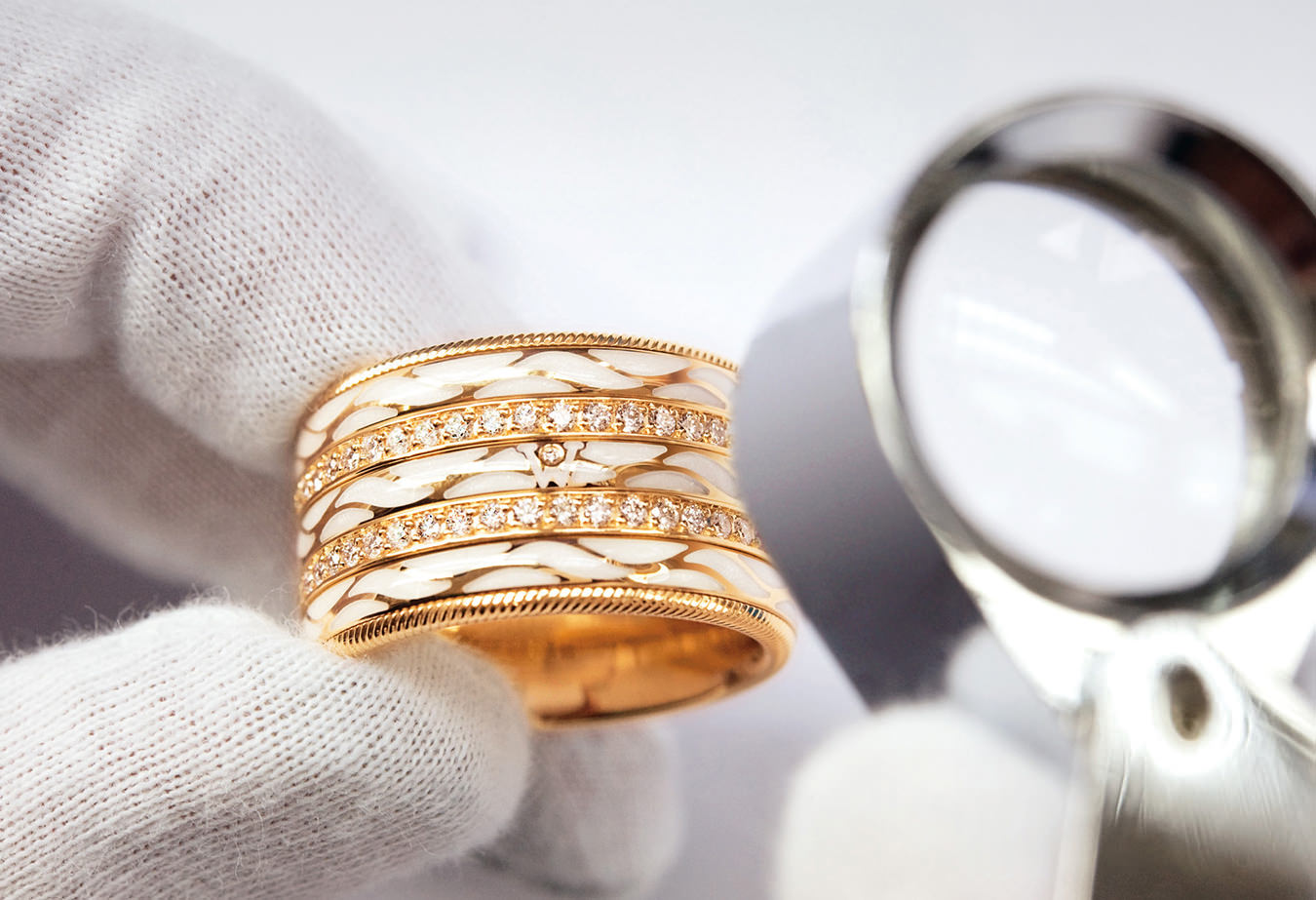Baden-Baden’s Ritual Baths
The art of bathing.

The neoclassical Friedrichsbad bathhouse.
The Germans sure know how to take a bath. In the spa town of Baden-Baden, one hour west of Stuttgart, 800,000 litres of hot, mineral-rich water bubble up daily from 12 thermal springs. It is here that the bathhouse Friedrichsbad elevates the simple act of getting clean into a decadent three-and-a-half hour ritual. It was built at the end of Baden-Baden’s belle époque as the summer capital of Europe, when Queen Victoria, Dostoevsky, King Ludwig of Bavaria, and Brahms would stroll its leafy Lichtentaler Allee park. Baden-Baden’s famous casino (described later by Marlene Dietrich as the most beautiful in the world) had closed, and the town needed a new attraction. Hence the Friedrichsbad—an enormous neoclassical palace—opened in 1877, dedicated to the art of bathing.
Today, bathers pass through 17 stages. First you get naked (swimsuits are verboten); then you walk from one opulent tiled room to another. The rooms are filled with clouds of steam, hot dry air, or pools of varying temperatures. Signs along the way indicate the recommended time to spend in each room.
But leave your modesty outside. Most days are coed, and even on days when men and women enter separate dressing rooms, everyone comes together for the middle four stages. The Germans are quite used to this; it’s only the tourists who look sheepish.
In the first stage, a white-garbed attendant guides you to the shower room for a strong, hot dunk under showerheads as big as dinner plates. Stages two and three involve reclining on teak loungers in a vaulted sauna room while staring up at decorative tiles of peacocks, flowers, and lily ponds. After another shower, stage four is the optional soap-and-brush massage—lie down on a white marble bed in a white marble room, and a masseuse lathers you like a baby and scrubs you with a stiff brush. And yes, she slaps you on the backside when done.
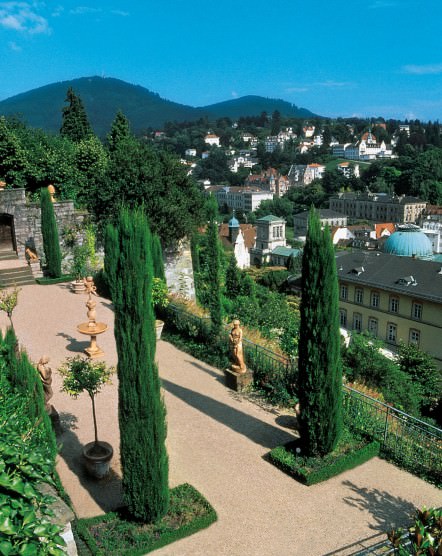
The town of Baden-Baden, Germany. Photos ©Baden-Baden Kur & Tourismus GMBH.
Then it’s on to a thermal steam room, with massive, mysterious-looking copper pipes coiled around exposed rocks. Grab a clean white fanny pad and sit on a stepped, pyramid-shaped block in the centre. The higher you sit, the hotter the steam (which gets up to 48ºC). Next, statues of a Roman god and goddess greet you at a warm pool, which is followed by a cooler whirlpool bath. You then reach a large swimming pool, encircled by gold columns, with an elaborately painted, domed roof and stucco cupids. I half-expected servants to emerge and feed us grapes. From here, a freezing cold plunge awaits.
The journey ends with another shower and a gigantic warm towel, followed by getting your skin moisturized with lotion. And then the best part: “Are you ready for bed?” an attendant asked as I was led to a heavily draped room, where she wrapped me up in blankets and offered to wake me 30 minutes later.
Underneath the Friedrichsbad are the ruins of 2,000-year-old Roman baths. The Romans also liked bathing in stages, and the on-site museum has artifacts showcasing their bathing culture, like a strigil, a sickle-shaped tool used for scraping the skin after sweating in the caldarium. Steps away, there’s also the modern Caracalla Spa, with more than 3,000 square metres of pools. But it’s without the gawk factor—bathing suits are worn there.

